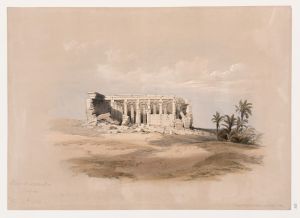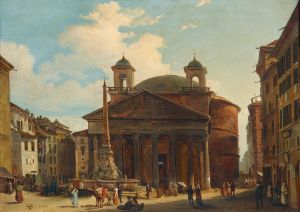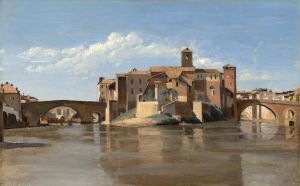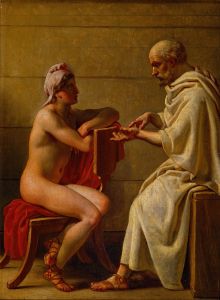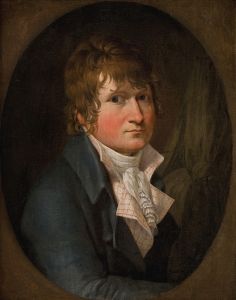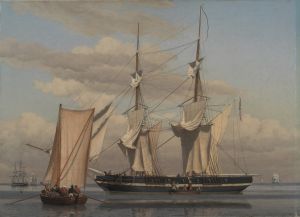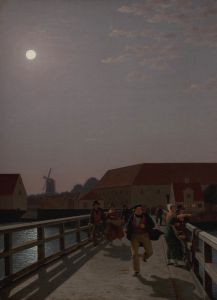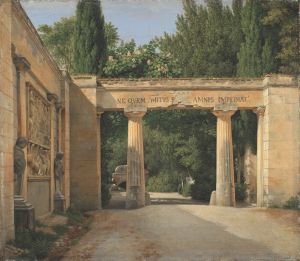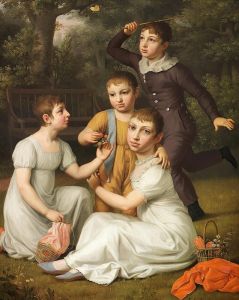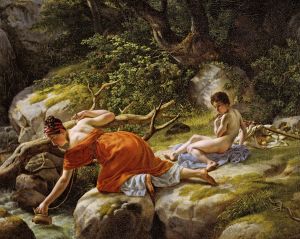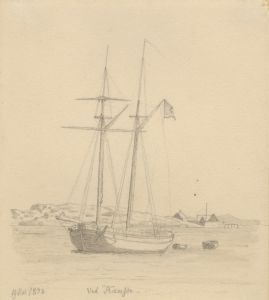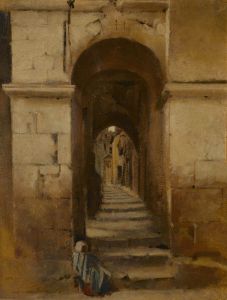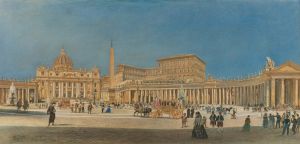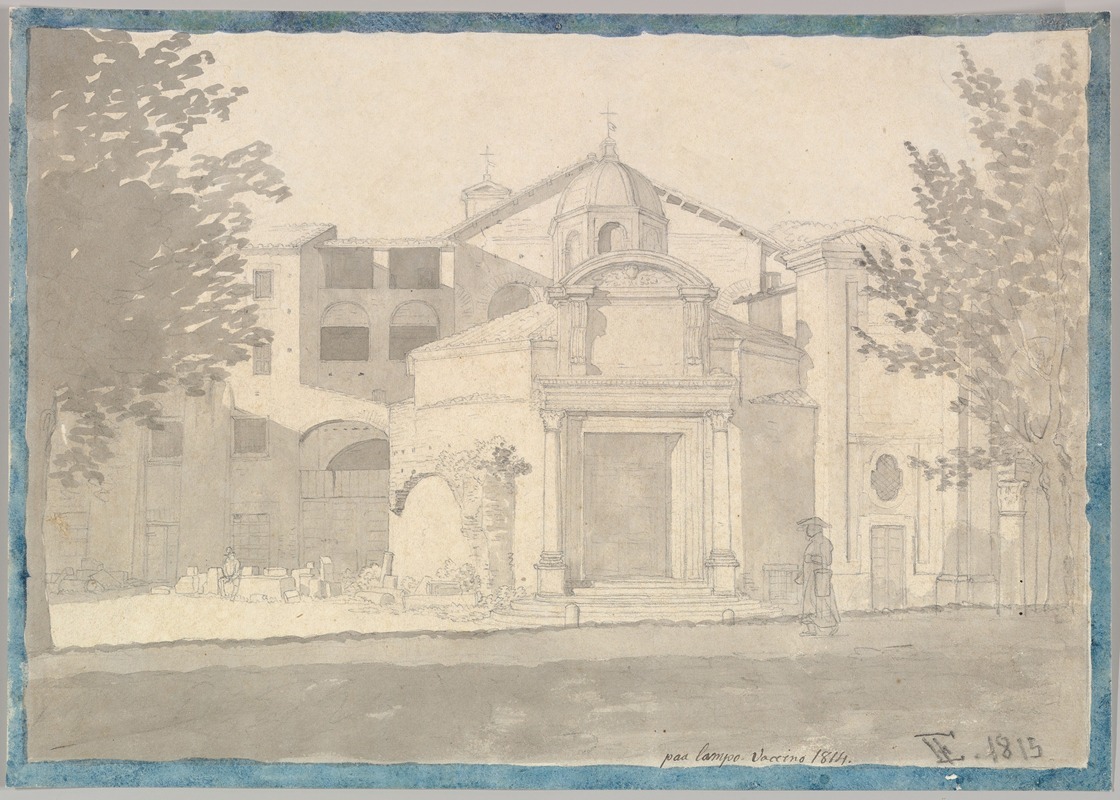
A Section of the Via Sacra, Rome
A hand-painted replica of Christoffer Wilhelm Eckersberg’s masterpiece A Section of the Via Sacra, Rome, meticulously crafted by professional artists to capture the true essence of the original. Each piece is created with museum-quality canvas and rare mineral pigments, carefully painted by experienced artists with delicate brushstrokes and rich, layered colors to perfectly recreate the texture of the original artwork. Unlike machine-printed reproductions, this hand-painted version brings the painting to life, infused with the artist’s emotions and skill in every stroke. Whether for personal collection or home decoration, it instantly elevates the artistic atmosphere of any space.
Christoffer Wilhelm Eckersberg, a prominent Danish painter, created the artwork "A Section of the Via Sacra, Rome" during his stay in Italy. Eckersberg, often referred to as the father of Danish painting, was a pivotal figure in the Danish Golden Age of painting. His time in Italy, particularly in Rome, was crucial for his artistic development and significantly influenced his work.
Eckersberg traveled to Paris in 1810 to study under the renowned French painter Jacques-Louis David. After his studies in Paris, he continued his journey to Rome in 1813, where he stayed until 1816. This period was instrumental in shaping his artistic style, as he was exposed to the classical art and architecture of the ancient city. The Via Sacra, or Sacred Road, was one of the main streets in ancient Rome, leading through the Roman Forum, and was historically significant as the route taken by victorious generals during their triumphal processions.
"A Section of the Via Sacra, Rome" is a testament to Eckersberg's keen interest in architecture and his ability to capture the essence of a place with precision and clarity. The painting reflects his meticulous attention to detail and his skill in rendering architectural elements with accuracy. This work is characterized by its clear lines, balanced composition, and the use of light to enhance the three-dimensionality of the structures depicted.
Eckersberg's approach to painting was heavily influenced by his academic training and his exposure to the neoclassical style, which emphasized clarity, order, and harmony. In "A Section of the Via Sacra, Rome," these elements are evident in the way he portrays the ancient ruins, capturing both their grandeur and their decay. The painting not only serves as a visual record of the historical site but also reflects Eckersberg's fascination with the interplay between light and shadow, a technique he mastered during his time in Italy.
The artwork is also indicative of Eckersberg's broader interest in landscape and architectural painting, genres that he continued to explore throughout his career. His works from this period often depict scenes from Rome and its surroundings, showcasing his ability to blend topographical accuracy with artistic expression. "A Section of the Via Sacra, Rome" is a prime example of this synthesis, where the artist's technical skill is matched by his sensitivity to the atmosphere and historical significance of the location.
Eckersberg's contributions to art extended beyond his own paintings. Upon returning to Denmark, he became a professor at the Royal Danish Academy of Fine Arts, where he influenced a new generation of artists. His teachings emphasized the importance of studying from nature and the classical tradition, principles that were evident in his own work and that he imparted to his students.
In summary, "A Section of the Via Sacra, Rome" by Christoffer Wilhelm Eckersberg is a significant work that highlights the artist's mastery of architectural painting and his deep engagement with the classical heritage of Rome. The painting not only captures a specific location with historical accuracy but also reflects the broader artistic trends of the early 19th century, particularly the neoclassical movement. Through this work, Eckersberg contributed to the rich tapestry of art history, leaving a lasting impact on both his contemporaries and future generations of artists.





